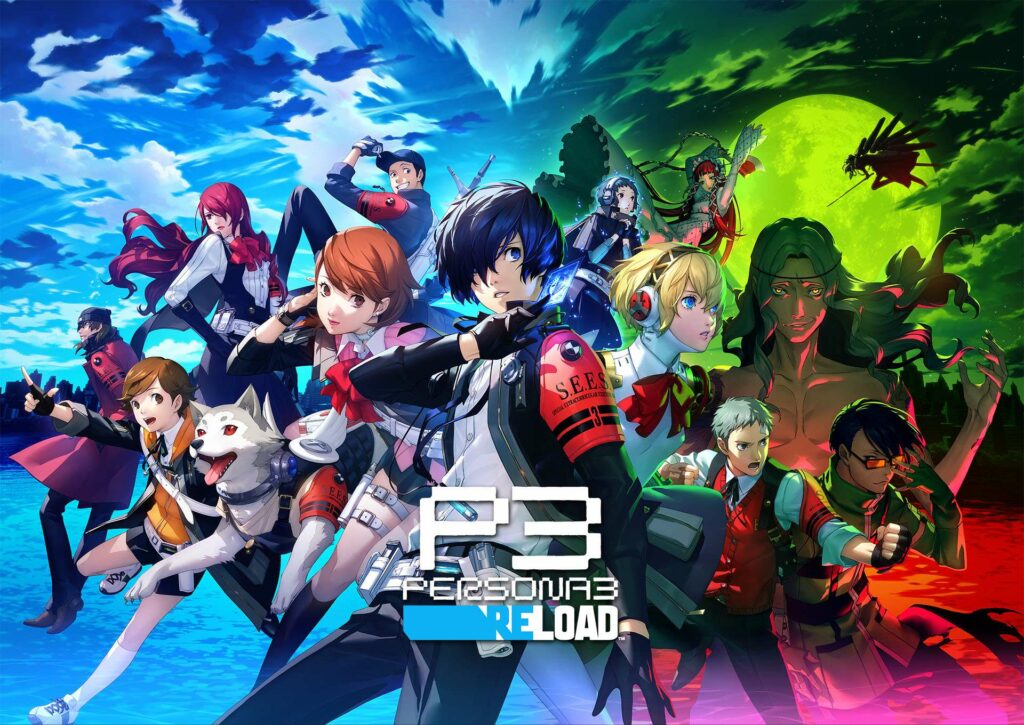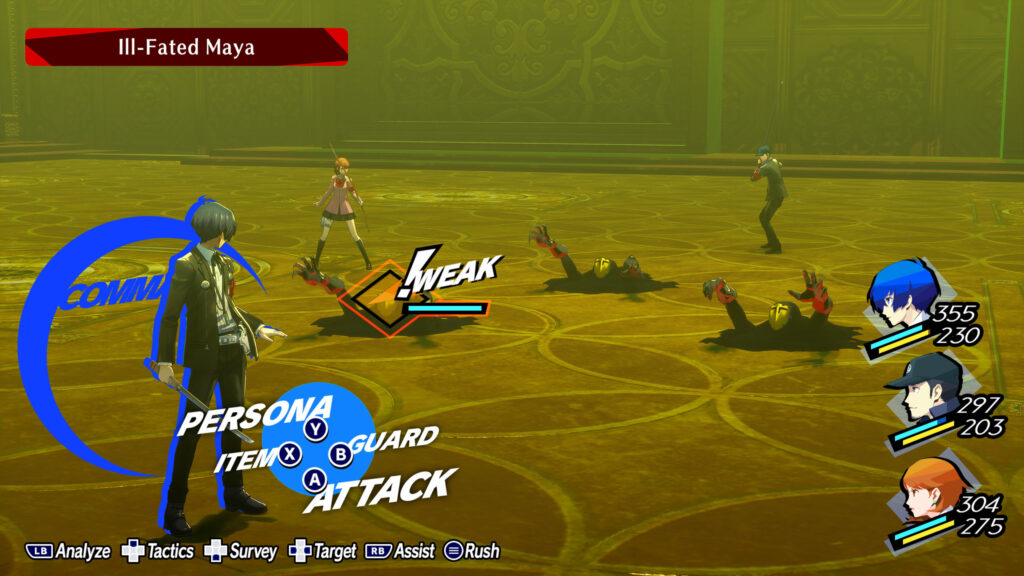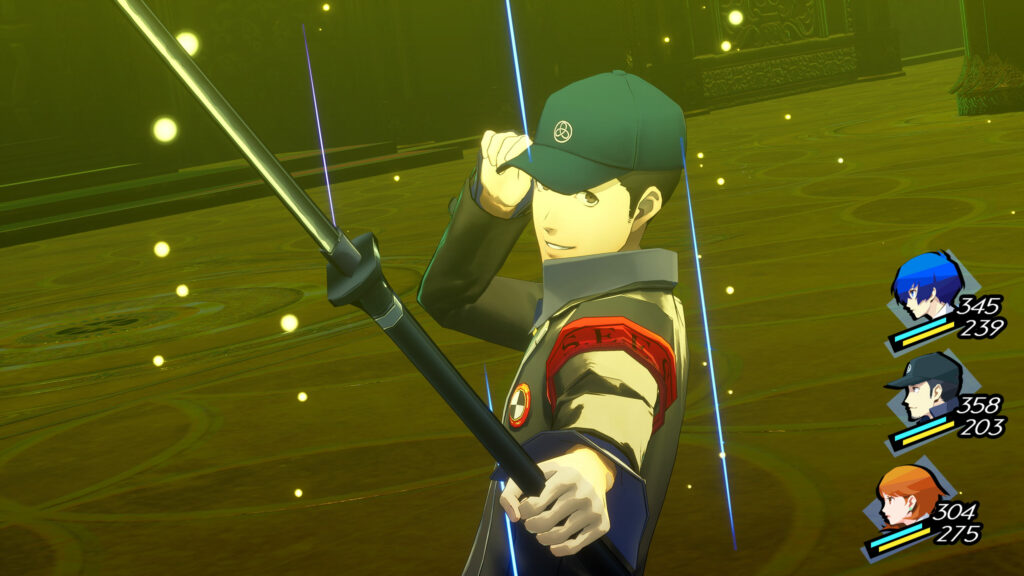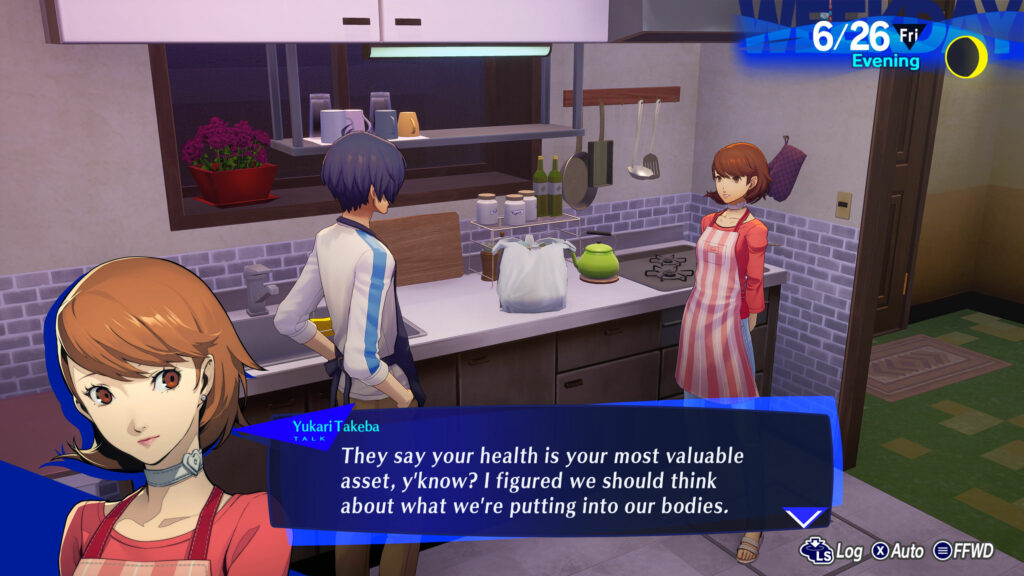I’m about to wax poetic about one of my favorite RPG series for 1000+ words, so here’s the short version: this is a fantastic turn-based RPG. Even if that isn’t normally your genre of video game, the combat system is fast-paced, and there are tons of quality-of-life improvements that make for a smooth gameplay experience despite the sheer volume of stuff this game throws at you. This is a great game for long-time fans of Persona and total newbies alike. So browse our collection, reserve a copy for your preferred platform, and give it a shot!

Persona 3 Reload
Platform(s): PlayStation 4, PlayStation 5 and Xbox Series X
Release: February 2, 2024
Genre(s): Role-playing, social simulation
Game Mode(s): Single-player
Persona 3 Reload is a full remake of the PS2 classic Persona 3, upgraded both graphically and mechanically for modern consoles. Incidentally, we’re just two years away from the 20-year anniversary of when Persona 3 was first released. I will give my fellow millennials a moment to recover from the 5d6 psychic damage they just took from realizing their mortality.
It’s hard to deny that 2006 was a long time ago, and it’s even harder to deny that Persona 3 is a classic among classics. Few games redefine an ongoing series the way Persona 3 did. Yes, many elements of the Persona series were there from the very beginning: turn-based combat utilizing elemental weaknesses, the in-game passage of time, the exploration of both dungeons and an average Japanese town, Igor and his Velvet Room and, of course, the Personas themselves; representations of mythological figures that the player summons to cast spells. Persona has always had a strong identity of its own despite being a spin-off of the Shin Megami Tensei series. However, while the first two Persona games are worthy of respect, they didn’t receive much attention globally outside of a small but loyal cult following. It was Persona 3 that introduced the feature, the secret ingredient, that changed the franchise forever and made it an international hit: Social Links.
Social Links involve raising your combat prowess by deepening your relationship with NPCs and, in some games, members of your adventuring party. The deeper your bonds, the stronger Personas of a particular type you can create. However, there’s always been more to Social Links than just the mechanical benefits. Social Links often have rich stories in their own right, telling the trials and tribulations of everyday people. These stories serve as a reminder of what you are fighting to protect. This one mechanic added so much depth to the Persona series. It’s little wonder that Persona 3 is so fondly remembered by RPG fans.
Playing the role of a high school student, the player is tasked with balancing relationships, schoolwork and extracurricular activities. Such as exploring the mysterious tower Tartarus, which is what your school turns into during the Dark Hour, a hidden 25th hour that most human beings aren’t even aware of. You know, typical teenager stuff.

Persona 3 Reload brings the PS2 classic to modern consoles with several quality-of-life improvements and innovations introduced in Persona 5 and Persona 5 Royal. Theurgy Attacks are roughly the equivalent of Persona 5 Royal’s Showtimes, though their functionality is more similar to Limit Breaks from the Final Fantasy series; certain actions fill up a meter that, once full, allows players to do a big cinematic attack that deals absurd amounts of damage.
Likewise, Baton Pass, which allowed Persona 5 players to swap characters after hitting an elemental weakness, makes its return as “Shift” in P3R. While Baton Pass was undoubtedly cool, with the Phantom Thieves high-fiving to tag one another into the battle, the developers upped their game regarding presentation in Reload. The Shift action is accompanied by a sleek animation as the camera shifts from one character to the next. It’s such an over-the-top presentation while being brief enough to keep the pace of the battle going smoothly and quickly. Each time I use the action and the next character takes the stage with a cocky grin, I find myself fangirling over these characters like I’m 15 all over again.

Progress through Tartarus is no longer limited by a stamina meter, so players can knock out a section of Tartarus in one go. This allows the player a lot more free time, so Reload introduces new ways to spend that extra time. In lieu of full Social Links for every party member, players can now experience vignettes with the members of SEES. You can cook with Fuuka, watch scary movies with Yukari, study with Mitsuru and Akihiko or read manga with Junpei, just to name a few options. Many of these vignettes offer special bonuses, such as faster increases to your social stats, which in turn allows you to unlock certain Social Links faster. And, just like the Social Links, the benefits of these scenes aren’t purely mechanical. These additional scenes from Reload enhance and add depth to these characters while still respecting their roles in the original story.
The members of SEES are largely unchanged from the original, and I am extremely okay with that. Junpei, Yukari, Mitsuru and the rest are an excellent ensemble cast that complement each other and the central narrative. A new vocal cast brings these characters to life with performances that emulate and build on those of the original English cast. I played a little of Persona 3 Portable right before playing Reload, and it was almost uncanny how the early parts of the script were exactly the same, spoken with exactly the same cadence, but with slightly different voices, or, in Mitsuru’s case, the exact same voice, as Allegra Clark manages to sound nearly identical to Tara Platt’s performance.
However, over the course of the game, the translators, writers and vocal performers find a good balance between honoring the original English production and making the script and roles their own. It’s little things like slightly rewording a phrase, or peppering a little more French into Mitsuru’s dialogue, nothing that substantially changes the narrative. The largest change regarding the “story” (if you can even call it that) is cutting an infamous scene that existed solely as a cheap jab at trans women. Once again, I am extremely okay with that.

That central narrative I mentioned is where Persona 3 Reload shines the most. This game is colossal in length, and yet the narrative is tight and efficient and the themes are simple yet profound. There’s an excellent balance between the characters getting tossed around by forces outside of their control, while also making decisions that drive the narrative and push back against their predestined fates. I think a good case can be made for Persona 3 being the strongest and best-realized central narrative of the series.
The dark imagery of the game, in which characters summon their Persona by simulating suicide via gunshot to the head, is ultimately used in service of a life-affirming story about moving forward in the face of grief. Death and despair are around every corner, and yet, as the player, we move forward, side-by-side with our friends, with the belief that hope will win the day.
Persona is an awesome series of games, and whether you’re a long-time fan or completely new to the franchise, Persona 3 Reload is a unique experience worth jumping into. Those who have played Persona 5 or its enhanced edition, Royal, will find familiar elements in a brand new story and a very different approach to dungeon crawling. And those who are totally new to Persona will be introduced to a game series that is surprisingly grounded, raw, and real despite also being a game where you summon demons and kill God with the power of friendship.
